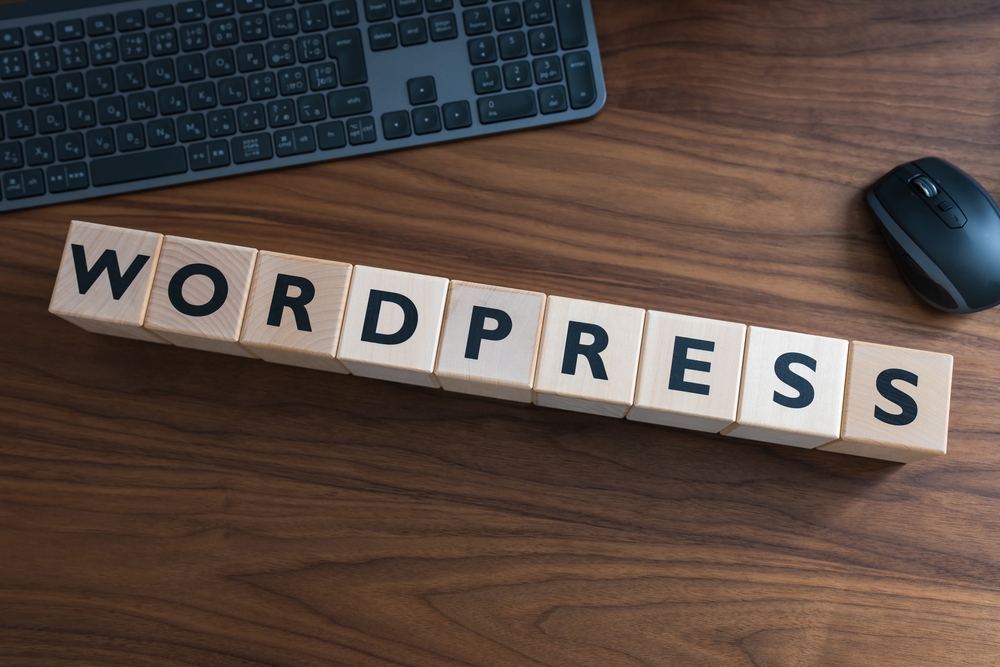
Master the Art of WordPress: Expert Customization and Maintenance Tips

WordPress has become the go-to platform for building websites in today's digital landscape. Its user-friendly interface, vast array of themes and plugins, and extensive customization options make it a powerful tool for both beginners and experienced developers. In this article, we will explore some expert tips to help you master the art of WordPress (the blogging platform) customization and maintenance.
1: Understanding the Basics
Before we dive into the nitty-gritty of WordPress customization, let's start with the basics. WordPress is a content management system (CMS) that allows you to create and manage websites with ease. Whether you're starting a blog, an e-commerce store, or a corporate website, WordPress can be tailored to suit your specific needs.
To get started, you'll need to choose a hosting provider and a domain name for your website. Once you have those in place, you can install WordPress (the platform for bloggers) and begin customizing your site's appearance and functionality.
2: Choosing the Right Theme
One of the key advantages of WordPress (or WP) is the availability of thousands of themes to choose from. When selecting a theme, consider factors such as responsiveness (how well it adapts to different devices), design options, and support from the developer. It's also important to choose a theme that aligns with your website's purpose and aesthetics.
If you can't find a theme that perfectly matches your vision, you can customize an existing theme or create a custom theme from scratch. WordPress (WP) provides a built-in theme editor that allows you to modify the code and styles of your chosen theme.
3: Extending Functionality with Plugins
WordPress plugins are additional pieces of software that enhance your website's functionality. Whether you need to add a contact form, improve search engine optimization (SEO), or integrate social media sharing buttons, there's likely a plugin available for your needs.
However, be mindful of installing too many plugins, as they can slow down your website's performance. It's important to only install plugins that are necessary and regularly update them to ensure compatibility with the latest version of WordPress.
4: Customizing the Design
If you want to take your WordPress customization to the next level, you'll need to familiarize yourself with HTML and CSS. HTML is the markup language used to structure the content on your website, while CSS is responsible for styling and layout.
To customize your website's design, you can use the built-in customizer in WordPress or edit the theme files directly. You can change fonts, colors, backgrounds, and much more to create a unique and visually appealing website.
5: Optimizing Performance
A slow website can deter visitors and negatively impact your search engine rankings. Therefore, it's crucial to optimize your WordPress website's performance. Here are some tips:
1. Enable caching: Caching creates a static version of your website, reducing the processing time required to load each page.
2. Optimize images: Large image files can significantly slow down your website. Use compression tools or plugins to reduce file sizes without compromising image quality.
3. Minify CSS and JavaScript: Minifying removes unnecessary characters from code files, reducing their size and improving loading times.
4. Use a content delivery network (CDN): A CDN stores your website's files on servers located around the world, delivering them to visitors from the closest server. This reduces latency and improves loading speeds.
6: Ensuring Security
WordPress is a popular target for hackers, primarily due to outdated themes, plugins, or weak passwords. To protect your website, keep WordPress, themes, and plugins up to date. Regularly back up your website and use a security plugin to strengthen your site's defense against attacks.
7: Frequently Asked Questions
Q1: Can I switch themes without losing my content?
A1: Yes, switching themes will not affect your website's content. However, some customization settings may be reset, so it's advisable to take a backup before making changes.
Q2: How do I add new features to my website?
A2: You can add new features by installing plugins or customizing your theme's code. If the desired functionality is complex, consider hiring a developer to assist you.
Q3: Does WordPress have built-in SEO features?
A3: WordPress provides basic SEO features, but you can further enhance your website's SEO by using plugins like Yoast SEO or All in One SEO Pack.
Q4: Can I monetize my WordPress website?
A4: Yes, WordPress allows you to monetize your website in various ways, such as displaying advertisements, selling products, or offering premium content.
Q5: How do I create a backup of my WordPress website?
A5: You can create a backup using a plugin like UpdraftPlus or manually by exporting your content and downloading your website's files through FTP.
In conclusion, mastering the art of WordPress customization and maintenance requires a combination of technical knowledge, creativity, and attention to detail. By following the expert tips outlined in this article and staying up to date with the latest WordPress developments, you can create a highly customized website that stands out from the crowd. Happy WordPressing!
Other useful resources
- https://www.wordpress24plus.com/wordpress-tools-directory/wordpress-plugins/
- https://www.wordpress24plus.com/services/wordpress-developer/
- https://www.wordpress24plus.com